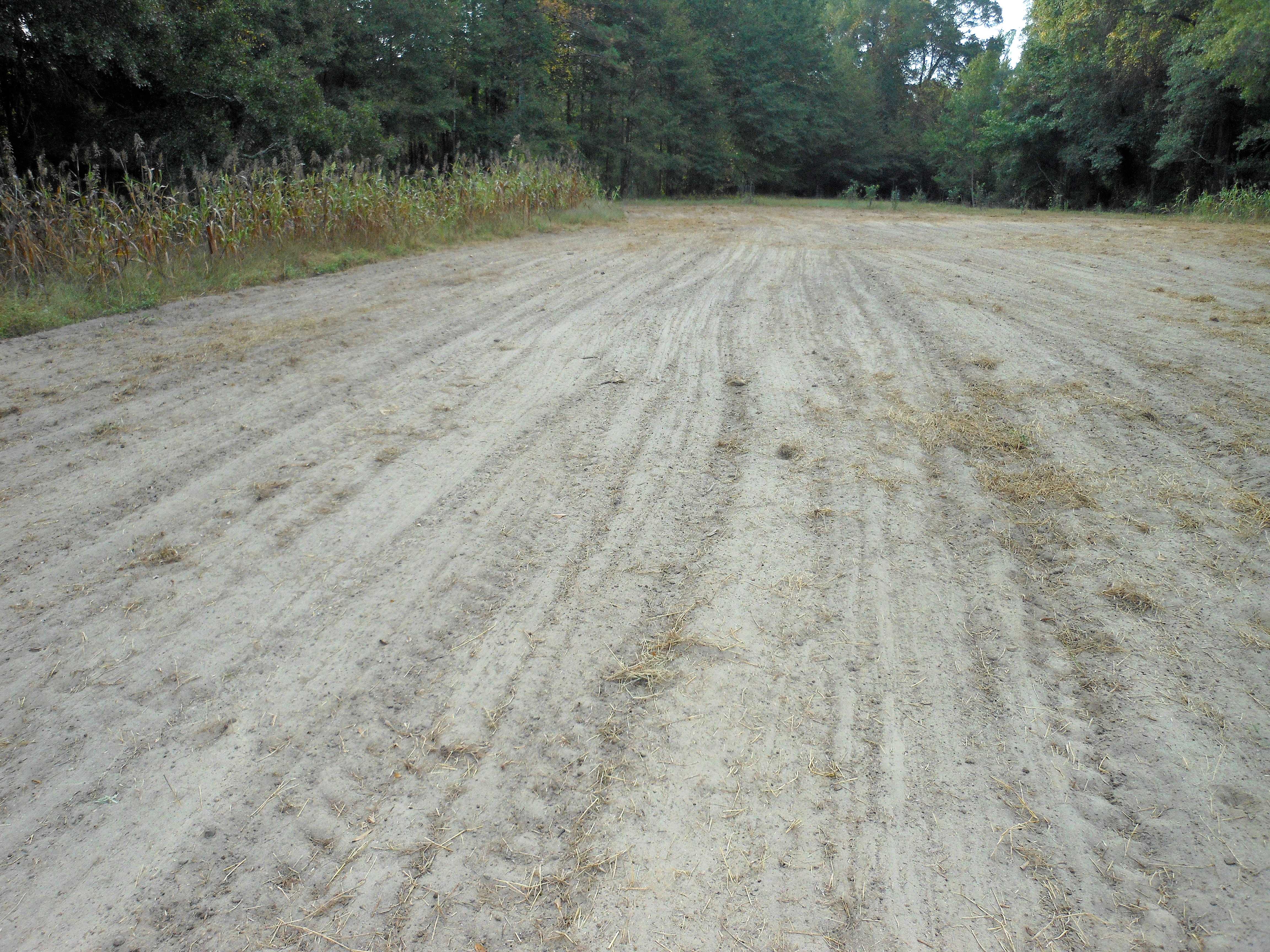Crimson n' Camo
5 year old buck +
I’m about to call it a day…..I’ll get deeper into the weeds of it tomorrow but it sounds as if you’re focusing to much on the methods and not enough on the principles and concepts behind them…..It’s not about Jeff’s method….or CnC’s method…..or whoever’s “method”…….It’s about understanding the soil…..understanding how it functions……understanding the different variable at play and how they impact your success, etc……If you understand those then you can look at each individual field and create whatever process will suite it best for its current conditions…..Sometimes you have to adapt, improvise, and overcome…….and you can’t do that if all you know is someone else’s “method”……I hate how folks have commercialized these ideas and tried to make it “their method” like he and others have done for this very reason.








